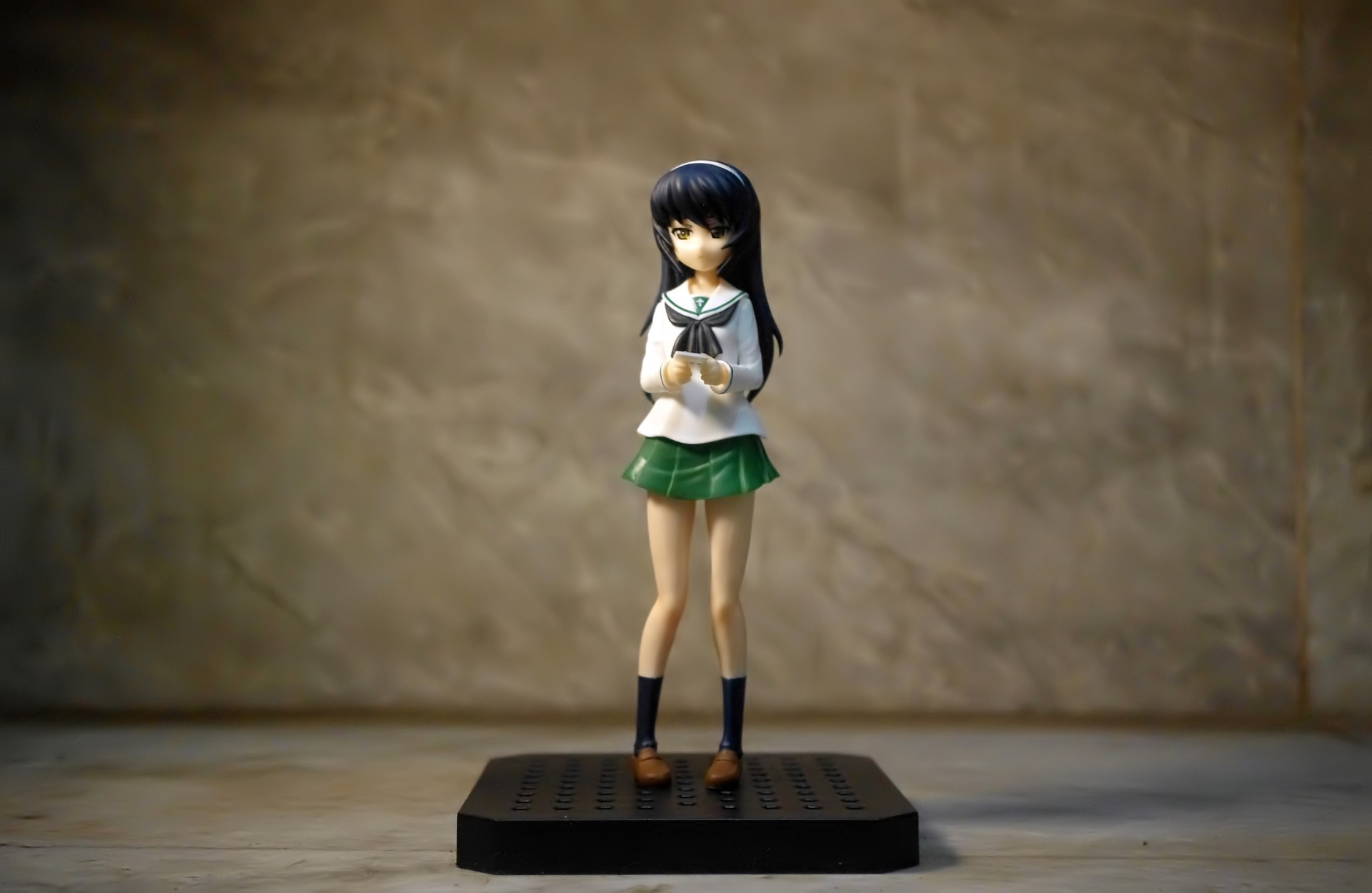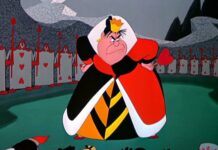Nonfiction Comic books connect people from different continents. The spin-offs of Superman have been a huge success. As a result of Frank Miller’s Ronin, manga became popular in the United States.
The Teenage Mutant Ninja Turtles are a fictional group of superhero children. Tintin’s Adventures has been translated into a variety of languages around the world. However, visual storytelling is not limited to the entertainment industry.
An expanding nonfiction comics market has emerged alongside popular franchises like the Superhero and Humor pages. Here are nine modern classics that have influenced the art form with their complex illustrations.
Arabs Of The Future Will Look Like This:
Riad Sattouf’s exquisite and sarcastic book, “Arab of the Future,” chronicles his six years in the Middle East. l’Obs contributor Sattouf is a bright-eyed youngster as the narrative begins. He currently produces a weekly nonfiction comics strip for the publication.
His parents are Syrian and French. Sattouf paints a picture of the Arab world as it is today through the perspective of a toddler. Sattouf describes a culture in Syria in which young guys style their hair like the characters from Grease. Men in the adjacent room were finishing up their lunch, and the women in this room proceeded to consume it with their hands.
Homes in Tripoli belong to whoever buys them, yet families must queue for baked beans and green bananas since they are in short supply. Cynicism regarding Middle Eastern history is accessible after the Arab Spring disasters. Sattouf, on the other hand, opts for the more difficult path of searching for meaning and humor amid tragedy.
A Life On The Brink:
An entire graphic novel is dedicated to graphic novels in “A Drifting Life.” Tatsumi lived in post-war Japan as a child, which was still in its infancy when he moved there. In the United States, there has been progress and an increasing acceptance of popular culture.
Before there was television ,nonfiction comics were hugely popular. The film “A Drifting Life” uses personal and amusing scenes to show the progression of a person’s life. Tatsumi’s development as an artist and, as a result, he creates a rich manga canon.
Persepolis:
She considered herself as a prophetess and a revolutionary while growing up in Iran. In her autobiography Persepolis, she tells her companions, “The revolution is like a bicycle.” “It collapses when the wheels stop turning.”
The next shot depicts a swarm of individuals attempting to pedal a clumsy five-wheeled vehicle with little success. There’s no turning back now. Satrapi’s stark black-and-white paintings convey a remarkable amount of information about a difficult period in history.
A balding man drinking liqueur represented the British colonial overlords in one historical panel. A filthy, pipe-smoking man plots the overthrow of Iran’s government. The execution of one of Satrapi’s heroes sparked a furious debate with God, as seen in another panel.
Despite abandoning her religious convictions, she has been unable to leave her hometown for most of her youth. And as a result of her inability to go, she grows to like Iran all the more.
One! One-Hundredth Of One! Demons!:
You get Lynda Barry’s “One! Hundred! Demons!” when you blend. We’ll have a few cups of truth, a little fiction, and a lot of coffee. Barry claims that a painting on a handscroll served as inspiration for her story.
It’s a colorful handscroll that sits somewhere between a nonfiction comics and a collage in terms of style. In a humorous yet profound way, it presents micro-stories about growing up.
Maus:
When “Maus” became the first graphic novel to win the Pulitzer Prize, it helped bring nonfiction comics into the mainstream. For over a decade, in simple black-and-white comic strips. Trying to understand his father’s Holocaust recollections, Spiegelman strives to make sense of his own.
The Holocaust is portrayed as a gruesome Tom and Jerry episode, with Jews as mice and Germans as cats. As Spiegelman switches between the present and the past of his father, the story becomes increasingly complex.
He creates a complex picture of his relationship with his ancestors. ISIS Terrorist: Gavrilo Princip, the Mastermind Behind the Balkan Wars In Rehr’s graphic novel, a terrorist is depicted in a sympathetic light. It’s timely and provocative at the same time in today’s world. New York-based Danish artist Rehr is no stranger to contemporary terrorism.
His flat was less than two streets away from the World Trade Center towers on the morning of September 11. “Europe today is a powder keg,” Otto von Bismarck once said, and that’s how Rehr begins “Terrorist,” his book about the Holocaust. Rehr captures the tumultuous beginning of World War I in ominous, moody illustrations. Assault on Franz Ferdinand’s Sarajevo palace, killing one of his bodyguards.
The reason why Gavrilo Princip exists is something he tries to explain. The approach of anarchism was adopted by a Bosnian Serb when he was fighting the Ottoman Turks and the Austro-Hungarian monarchy in the 18th century. Rehr investigates what we now call “radicalization” by focusing on Princip. And he succeeds, for the most part, in humanizing an assassin. “Empathy for both the perpetrator and his victim came naturally to me,” writes Rehr in the afterword.
There’s A Fixer In Town: And Other Tales:
As the title suggests, “The Fixer” is a war drama in the middle of the 20th century. During the Yugoslav Wars, Joe Sacco went to Sarajevo in search of the interpreter who had assisted him.
The reporters had left, and the soldiers had reverted to civilian status. Sacco’s book unearthed memories of atrocity that had been slowly eroding. Sacco depicts his landing in Sarajevo during World War II in a flashback scene.
It has a noir feel to it, with imposing buildings, deserted streets, and deep shadows. The concierge of the Holiday Inn points to the hotel on a city map in an odd situation. She claims, “This is the first line.” “Never set foot in this area.” Sacco then meets with his fixer in the lobby.
March:
As a result of a comic book, the Civil Rights Movement was able to gain momentum. So it only fits that nearly 60 years after the civil rights movement began, a graphic novel depicts the narrative of its triumph.
Young John Lewis is living on an Alabama farm when the story of “March” begins. For the past many years, he has been raising hens and even reading to them. One frame shows him telling the birds, “Blessed are those who persecute righteousness for righteousness’ sake.”
Lewis is persecuted as he grows up. He and his uncle had to watch out for segregated eateries while driving to Ohio. In Nashville, where he attends college, student groups demand to be served only at lunch counters with white patrons. “March” took home three Eisner Awards, the comic book industry’s equivalent of the Academy Awards.
In 2014, the year of the Black Lives Matter movement and the congressional sit-in led by Lewis. It’s an intense book at the right time to demand gun control legislation. The following two volumes have also been best-sellers in their respective genres.























